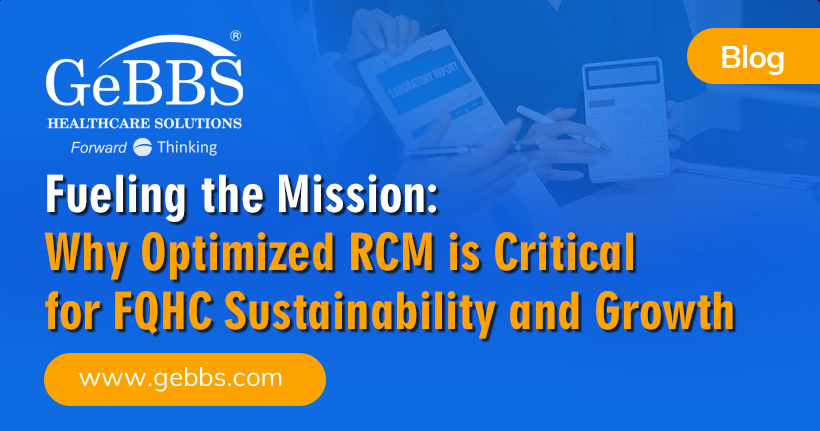In the hospital environment, patient satisfaction is no longer a “fluffy,” nice-to-have concept for a few customer service representatives to manage. It has transformed into the all-encompassing patient experience and involves all aspects of the revenue cycle. Many organizations now have a Chief Experience Officer (CXO) and large, strategic teams leading systemwide initiatives designed to improve the patient experience across the continuum of care. That’s largely because consumerism in healthcare is here – and it’s here to stay.
The Amazon effect has hit virtually every business – and healthcare has been the last lagging industry to adequately catch up. While most hospitals (and patients) think of the patient experience as primarily the interactions among the patient and their care team, the truth is that every step and every touch point of the healthcare encounter – from scheduling through billing and collections has a significant impact on a patient’s perception of their overall experience and care.
Another critical reason health systems are set on making patients happy is that a portion of reimbursement from government payers (i.e., Medicare and Medicaid) is now tied to the patient experience. The Hospital Consumer Assessment of Healthcare Providers and Systems (HCAHPS) survey is a tool used to help gauge how well health systems and care teams are communicating with their patients, responding to patient needs, and much more. A percentage of a system’s reimbursement is tied to the survey results – making it more important than ever to get the patient experience right. The survey asks patients about their overall rating of and their likelihood to recommend the organization to others. Clearly, every interaction from their first phone call and early interactions of accurate insurance verification and pre-authorization for treatment to front-end collections and self-pay collections after insurance – will impact the patient’s responses, and as such – the health system’s bottom line.
Tips for Using the Front-End Revenue Cycle to Drive a Better Patient Experience
First impressions are everything. In most cases, patients are not interacting with doctors and nurses first, so we now know that the responsibility for an exceptional patient experience doesn’t lie exclusively with the direct patient care team. In fact, many individuals who never provide patient care, can actually drive a better patient experience. Here are some tips for engaging front-end revenue cycle teams to facilitate the best possible experience for your patients.
- Make scheduling simple. Health systems that make scheduling simple have happier patients. While it sounds easy, scheduling in healthcare is incredibly complex – and to further complicate matters, some want to schedule digitally while others prefer the old-fashioned way of human contact. Offering numerous options for scheduling ensures you meet patients where they are most comfortable. This may include a hybrid of online self-scheduling, online appointment requests, and call center scheduling. Making the digital scheduling intuitive and user-friendly is essential. For those who prefer to schedule over the phone, your call center processes, phone tree, triage processes, and customer service teams must be the best of the best.
- Wow them when they reach out. Patient contact solutions have evolved WAY beyond the call center. While the phone is still critical, digital options like chatbots, Facebook Messenger, and your patient portal can’t be ignored – and systems should have policies in place to ensure messages are responded to within minutes or hours, not days. But being responsive alone isn’t enough. You need skilled teams responding timely and that can successfully answer patients’ questions without having to pass them back and forth from department to department to get them the information they need.
- Help them understand their benefits and financial responsibility. Patients who are left in the dark about their insurance coverage and financial responsibility for healthcare services are not only less likely to schedule it, they’re less likely to pay for it upfront, and even less likely to pay after it’s been provided. Ensuring insurance eligibility, providing financial estimates, and securing pre-authorizations beforehand or at the point of care will not only help improve the patient experience but will also impact overall collections.
- Streamline their care. Patients who get the care they need in a timely manner – without delays related to verifying insurance eligibility or pre-authorization of services are certain to be more informed and ultimately will have a better experience. Research also shows that any delays can impact the quality of care and in some cases, patient outcomes. Ensuring you have the right teams and automated technologies in place to streamline these critical processes can have a significant positive impact on patients’ perception of your organization and their overall care.
GeBBS Healthcare Solutions offers a full continuum of patient contact services designed to support health systems’ scheduling, eligibility verification, and pre-authorization needs. To learn more, visit www.gebbs.com






